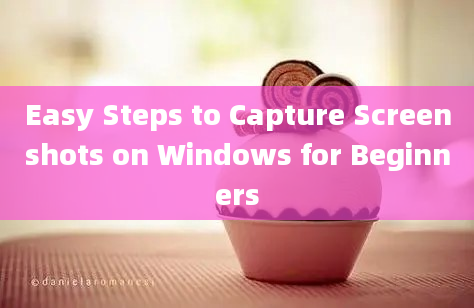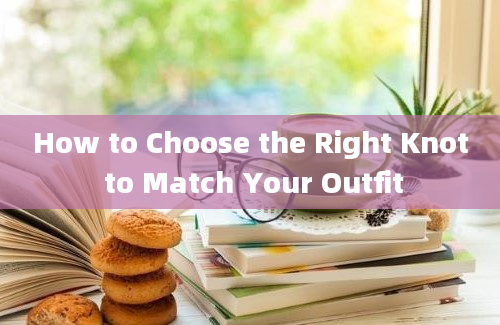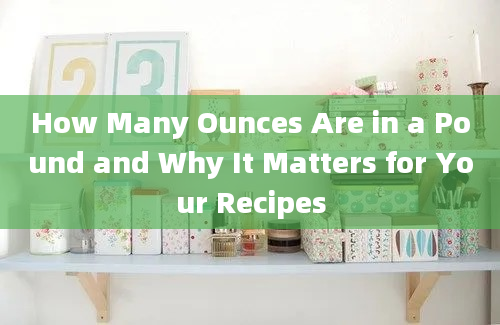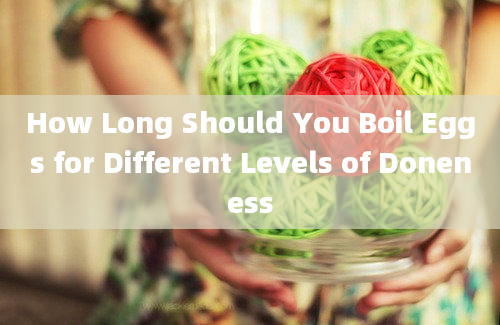Why Knowing Ounces in a Pound Can Simplify Your Grocery Shopping

Understanding the basic units of measurement used in grocery shopping can significantly streamline your shopping experience. One such crucial measurement is knowing how many ounces are in a pound. This knowledge not only helps in making accurate purchases but also aids in comparing prices and understanding nutritional information.
The Basics: Ounces in a Pound
A pound is a unit of mass commonly used in the United States and a few other countries. It is abbreviated as "lb" and is equivalent to 16 ounces. This conversion is fundamental in various aspects of grocery shopping, from weighing produce to understanding packaged food labels.
Source: United States Department of Commerce, National Institute of Standards and Technology (NIST). [NIST Weights and Measures](https://www.nist.gov/pml/weightsandmeasures)
Simplifying Price Comparisons
When shopping for groceries, you often encounter products priced per pound and per ounce. Knowing that there are 16 ounces in a pound allows you to quickly convert these prices to make accurate comparisons. For instance, if a product costs $2 per pound, you can easily determine that it costs $0.125 per ounce ($2 梅 16).
Source: USDA Agricultural Marketing Service. [Understanding Unit Pricing](https://www.ams.usda.gov/gradesstandards/understandingunitpricing)
Understanding Nutritional Information
Nutritional labels on food products typically provide information per serving size, which is often measured in ounces. By knowing the conversion to pounds, you can better understand the total nutritional content of a product. For example, if a package weighs 1 pound and the serving size is 2 ounces, you know there are 8 servings in the package.
Source: U.S. Food and Drug Administration (FDA). [How to Understand and Use the Nutrition Facts Label](https://www.fda.gov/food/nutritioneducationresourcesmaterials/howunderstandandusenutritionfactslabel)
Weighing Produce
Many grocery stores have scales for weighing produce, which often display weight in pounds and ounces. Knowing the conversion helps you estimate the cost of your purchase more accurately. For instance, if you pick up some apples that weigh 3 pounds and 8 ounces, you can quickly calculate the total weight in ounces (3 × 16 + 8 = 56 ounces).
Source: National Conference on Weights and Measures. [NCWM Guide to Weighing and Measuring Devices](https://www.ncwm.net/guidetoweighingandmeasuringdevices)
Conclusion
In summary, understanding that there are 16 ounces in a pound is a simple yet powerful tool that can enhance your grocery shopping experience. It aids in price comparisons, understanding nutritional information, and accurately weighing produce. This basic knowledge can save you time and money, making your trips to the grocery store more efficient and less stressful.
Frequently Asked Questions
Q1: How many ounces are in a pound?
A1: There are 16 ounces in a pound. This conversion is essential for various aspects of grocery shopping, including price comparisons and understanding nutritional labels. [Source: NIST](https://www.nist.gov/pml/weightsandmeasures)
Q2: Why is it important to know the number of ounces in a pound when grocery shopping?
A2: Knowing the conversion helps in making accurate price comparisons, understanding nutritional information, and estimating the cost of weighed produce, thereby simplifying your shopping experience. [Source: USDA Agricultural Marketing Service](https://www.ams.usda.gov/gradesstandards/understandingunitpricing)
Q3: How can knowing ounces in a pound help in comparing prices?
A3: It allows you to convert prices per pound to prices per ounce, making it easier to compare different products and find the best deal. [Source: USDA Agricultural Marketing Service](https://www.ams.usda.gov/gradesstandards/understandingunitpricing)
Q4: How does understanding ounces in a pound aid in reading nutritional labels?
A4: Nutritional labels often provide information per ounce. Knowing the conversion helps you understand the total nutritional content of a product, especially when the package weight is given in pounds. [Source: FDA](https://www.fda.gov/food/nutritioneducationresourcesmaterials/howunderstandandusenutritionfactslabel)
Q5: Can knowing ounces in a pound help with weighing produce?
A5: Yes, it helps you estimate the total weight and cost of produce more accurately when scales display weight in pounds and ounces. [Source: National Conference on Weights and Measures](https://www.ncwm.net/guidetoweighingandmeasuringdevices)
Q6: How do you convert pounds to ounces?
A6: To convert pounds to ounces, multiply the number of pounds by 16. For example, 2 pounds is equal to 32 ounces (2 × 16 = 32). [Source: NIST](https://www.nist.gov/pml/weightsandmeasures)
Q7: What is the abbreviation for pound and ounce?
A7: The abbreviation for pound is "lb" and for ounce is "oz". [Source: NIST](https://www.nist.gov/pml/weightsandmeasures)
Q8: Why do some products in grocery stores have prices per pound and others per ounce?
A8: Different products are traditionally priced in different units based on industry standards and consumer expectations. Knowing the conversion helps you compare these products accurately. [Source: USDA Agricultural Marketing Service](https://www.ams.usda.gov/gradesstandards/understandingunitpricing)
Q9: How can understanding ounces in a pound save money?
A9: It enables you to make informed purchasing decisions by comparing unit prices and choosing the most costeffective options. [Source: USDA Agricultural Marketing Service](https://www.ams.usda.gov/gradesstandards/understandingunitpricing)
Q10: Are ounces and fluid ounces the same?
A10: No, ounces (oz) measure weight, while fluid ounces (fl oz) measure volume. They are different units used for different types of measurements. [Source: NIST](https://www.nist.gov/pml/weightsandmeasures)
By arming yourself with this basic knowledge, you can navigate the grocery store with confidence and make smarter shopping decisions.










